Overcoming Breastfeeding Problems: A Comprehensive Guide
Breastfeeding is a natural and beautiful way to nourish your baby, offering numerous benefits for both mother and child. However, it’s not always a smooth journey, as many mothers encounter breastfeeding problems along the way. These issues can range from discomfort and pain to more complex challenges like low milk supply or latch difficulties. In this comprehensive guide, we will explore common breastfeeding problems, their causes, and effective solutions to ensure a successful and fulfilling breastfeeding experience.
Breast Pain During Feeding
Breast pain during feeding can be a distressing experience for new mothers. It is often caused by various factors, including:
1.1 Engorgement:
Engorgement occurs when your breasts become overfilled with milk, making them hard and painful. This can lead to discomfort during feeding.
1.2 Improper Latch:
An incorrect latch can put excess pressure on your nipples, leading to pain. Ensuring a proper latch is essential to prevent this issue.
1.3 Thrush:
A fungal infection called thrush can affect both the mother’s nipples and the baby’s mouth, causing pain and discomfort during breastfeeding.
1.4 Mastitis:
Mastitis is a painful inflammation of the breast tissue, often accompanied by flu-like symptoms. It requires prompt medical attention.
Solutions:
- Ensure a proper latch by seeking guidance from a lactation consultant.
- Apply warm compresses before feeding to ease engorgement.
- If thrush or mastitis is suspected, consult a healthcare professional for appropriate treatment.
Breast Pain After Feeding
Experiencing breast pain after feeding is another common issue faced by breastfeeding mothers. There are a number of things that might cause this discomfort:
2.1 Poor Latch:
An inadequate latch can cause nipple damage and pain during and after feeding.
2.2 Plugged Ducts:
When milk ducts become blocked, it can result in pain, redness, and swelling in the breast.
2.3 Infection:
In some cases, infection can be the source of post-feeding breast pain.
Solutions:
- Make sure the clasp is secure to avoid nipple injury.
- Use different breastfeeding positions to help drain the breast effectively and prevent plugged ducts.
- Consult a healthcare professional if you suspect an infection.
Breast Pain While Feeding
Breast pain while feeding can make breastfeeding an uncomfortable experience for both mother and baby. The causes of this pain can include:
3.1 Nipple Trauma:
Nipple trauma can result from an improper latch or excessive friction during feeding.
3.2 Inverted Nipples:
Inverted or flat nipples can lead to pain during breastfeeding due to difficulty in achieving a good latch.
Solutions:
- Correct the latch to minimize nipple trauma.
- Consider using nipple shields to help with latch issues caused by inverted nipples.
- Seek guidance from a lactation consultant for personalized solutions.
Breastfeeding Difficulties
Breastfeeding problems can encompass a wide range of challenges beyond just pain. Some common breastfeeding difficulties include:
4.1 Low Milk Supply:
Low milk supply can cause frustration and anxiety for mothers who worry about providing enough nourishment for their baby.
4.2 Oversupply:
On the other hand, an oversupply of milk can lead to issues such as engorgement and a forceful letdown, making breastfeeding challenging for both mother and baby.
4.3 Latch Problems:
Difficulties in achieving a proper latch can result in ineffective feeding sessions.
4.4 Lactation Issues:
Some mothers may experience medical or hormonal issues that affect their ability to produce milk.
Solutions:
- Consult a lactation consultant to address latch and milk supply concerns.
- Maintain a healthy diet and stay well-hydrated to support milk production.
- Seek medical advice if you suspect underlying lactation issues.
Inverted Nipple and Breastfeeding
Inverted nipples can pose a unique challenge for breastfeeding mothers. These nipples retract inward instead of protruding, making it more difficult for the baby to latch properly.
Solutions:
- Nipple shields can help draw out inverted nipples and provide a surface for the baby to latch onto.
- Gentle nipple stimulation and the use of breast shells may encourage nipple protrusion over time.

Seeking Professional Help
When facing breastfeeding problems, it’s essential to remember that you don’t have to navigate these challenges alone. Seeking professional help from a lactation consultant or healthcare provider can make a significant difference in your breastfeeding journey. They can provide personalized guidance, tips, and support tailored to your specific situation.
The Emotional Toll of Breastfeeding Problems
Breastfeeding problems can take an emotional toll on mothers. It’s important to recognise and deal with these emotions. Many mothers feel guilt or frustration when facing difficulties, but it’s essential to remember that every breastfeeding journey is unique. It’s okay to seek help, make adjustments, or even decide that breastfeeding may not be the best option for you and your baby.
Conclusion
Breastfeeding problems are common, and they can be challenging to overcome. However, with the right support and information, many of these issues can be resolved. Remember that you are not alone in your journey, and seeking help from professionals and support groups can provide valuable assistance. Breastfeeding is a beautiful and beneficial experience, and by addressing and resolving these problems, you can create a positive and fulfilling breastfeeding journey for both you and your baby.
